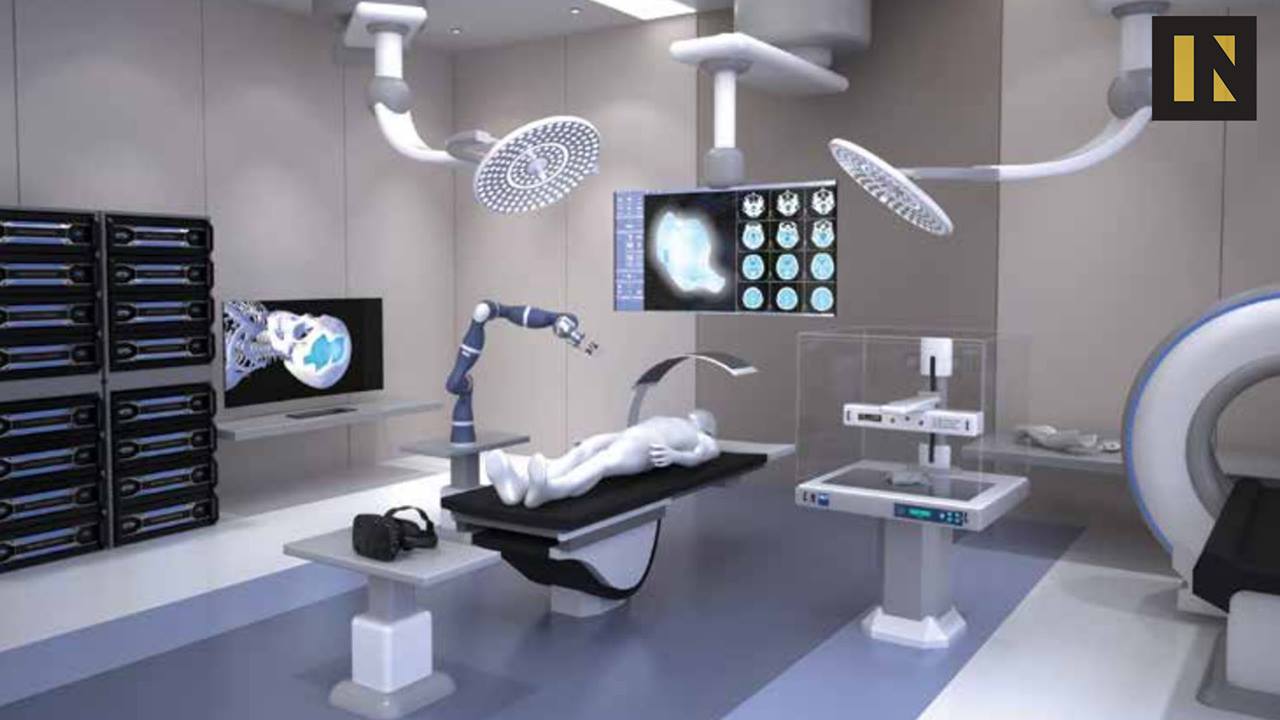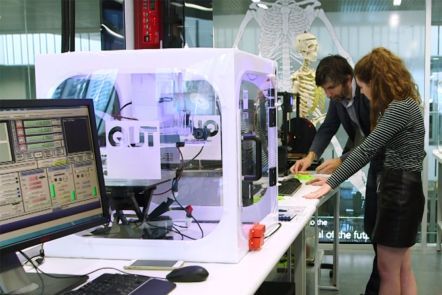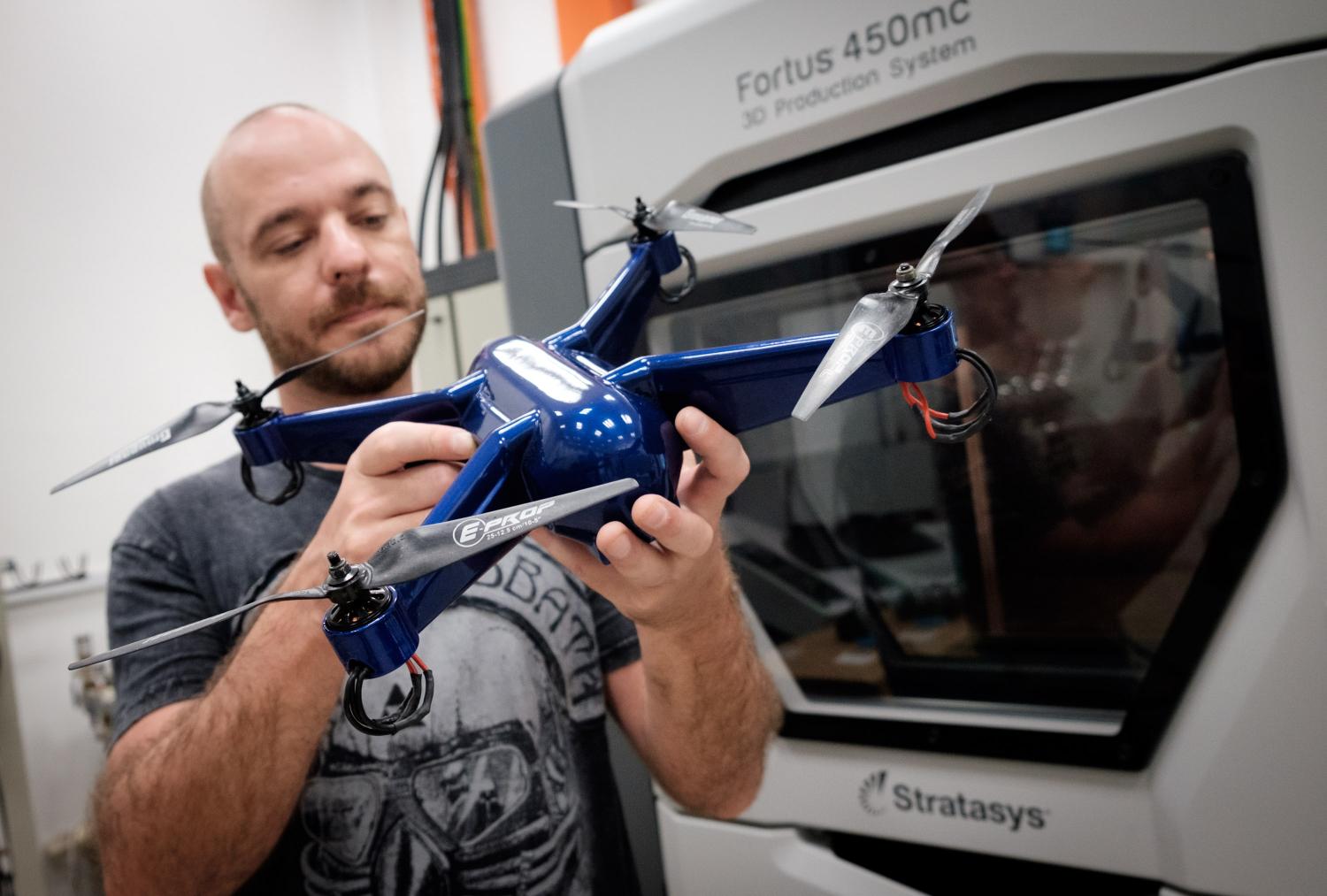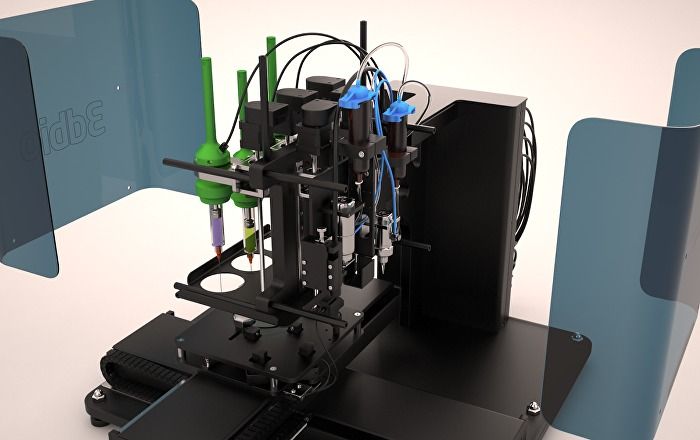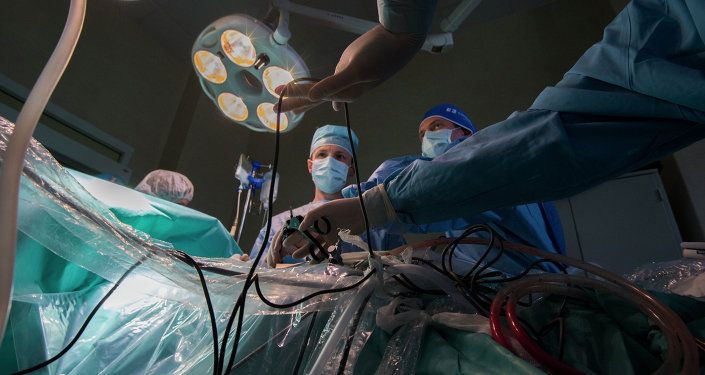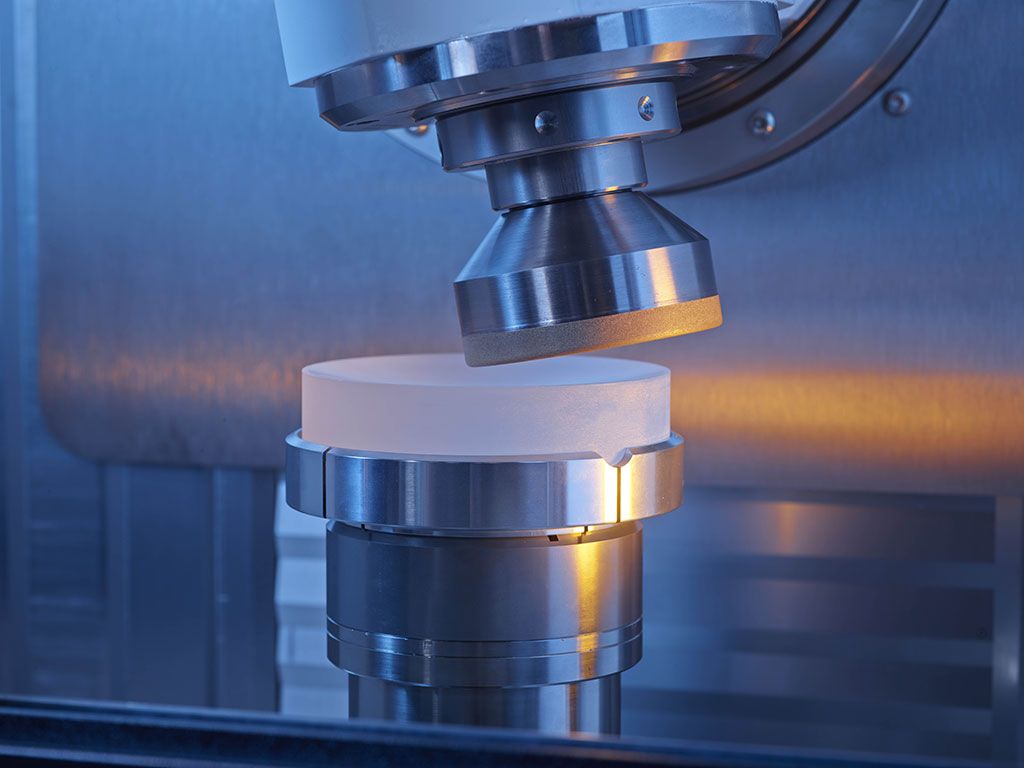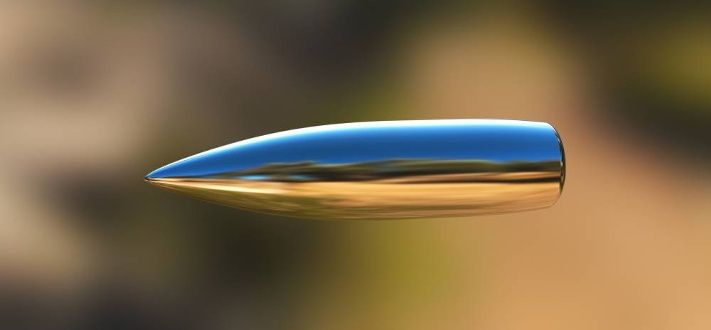Dec 3, 2016
ARL insight into synthetic biology and advanced 3D printing materials
Posted by Klaus Baldauf in categories: 3D printing, bioengineering, biological, computing, military
The US Army Research Laboratory (ARL) are at an advanced stage of with their synthetic biology research. The work could see bacteria being used to send signals and sense in a way similar to computers, the advantage being that it could potentially provide a more intuitive sensory experience to a piece of tech, and bypass some of the pitfalls unique to electrical structures. The research also has application for new 3D printing materials.
